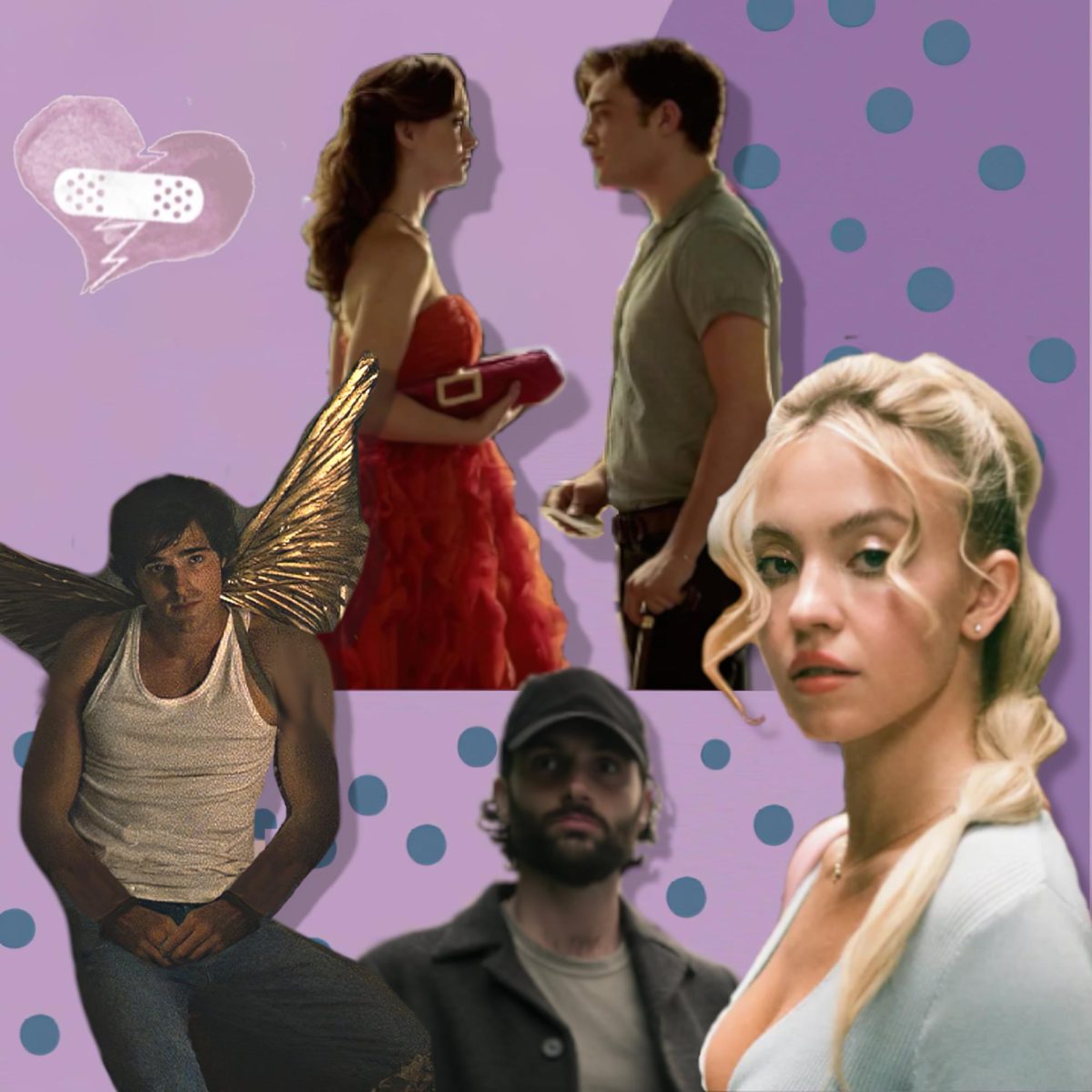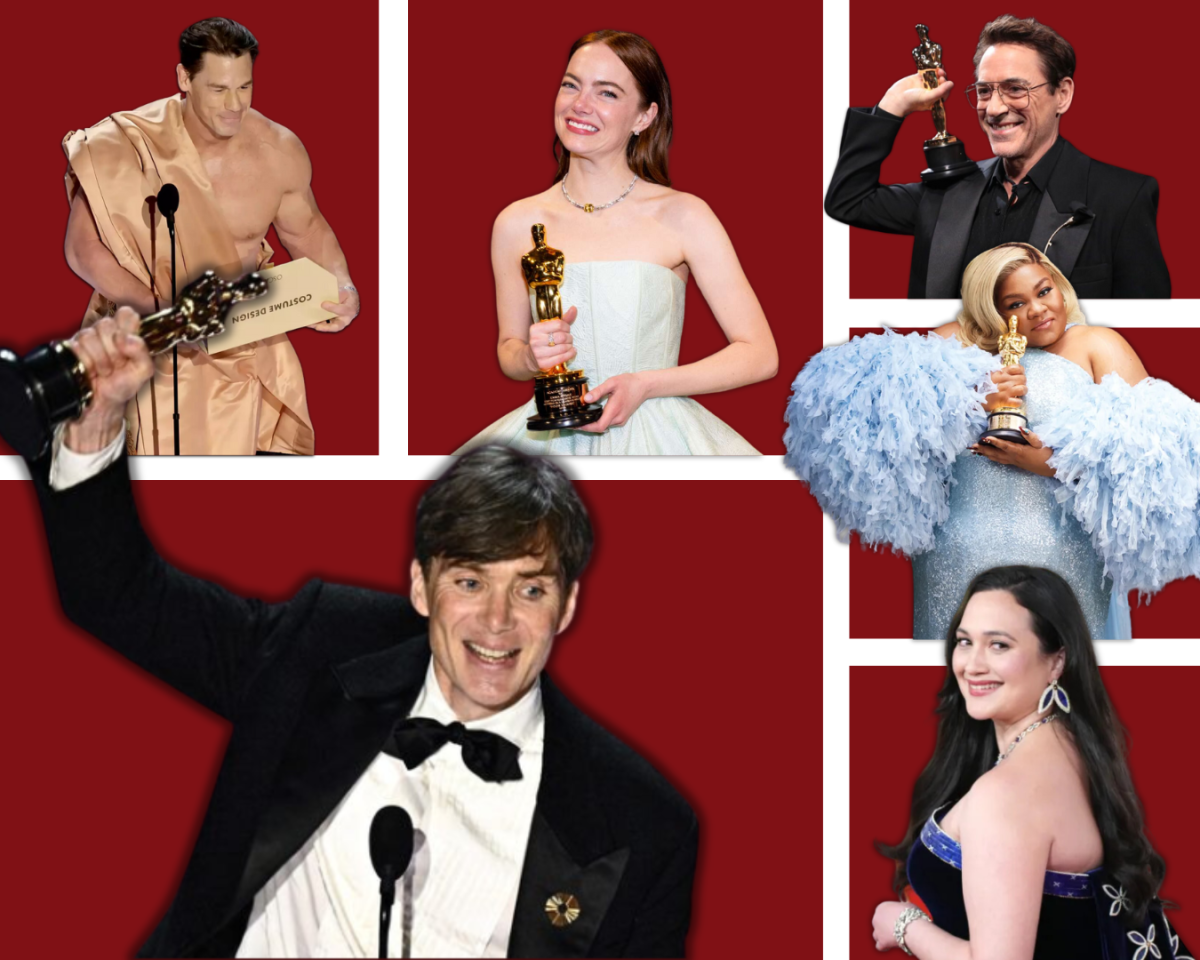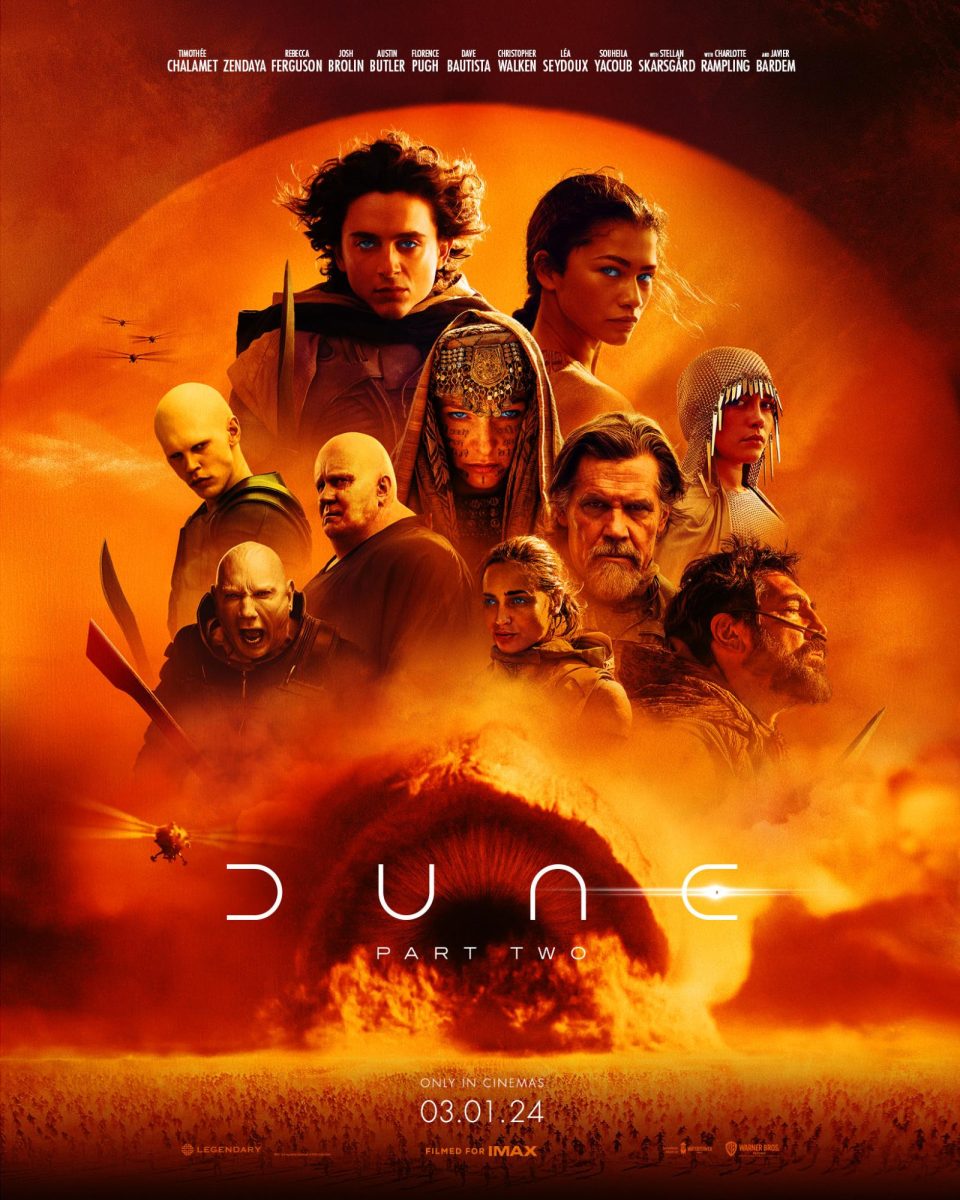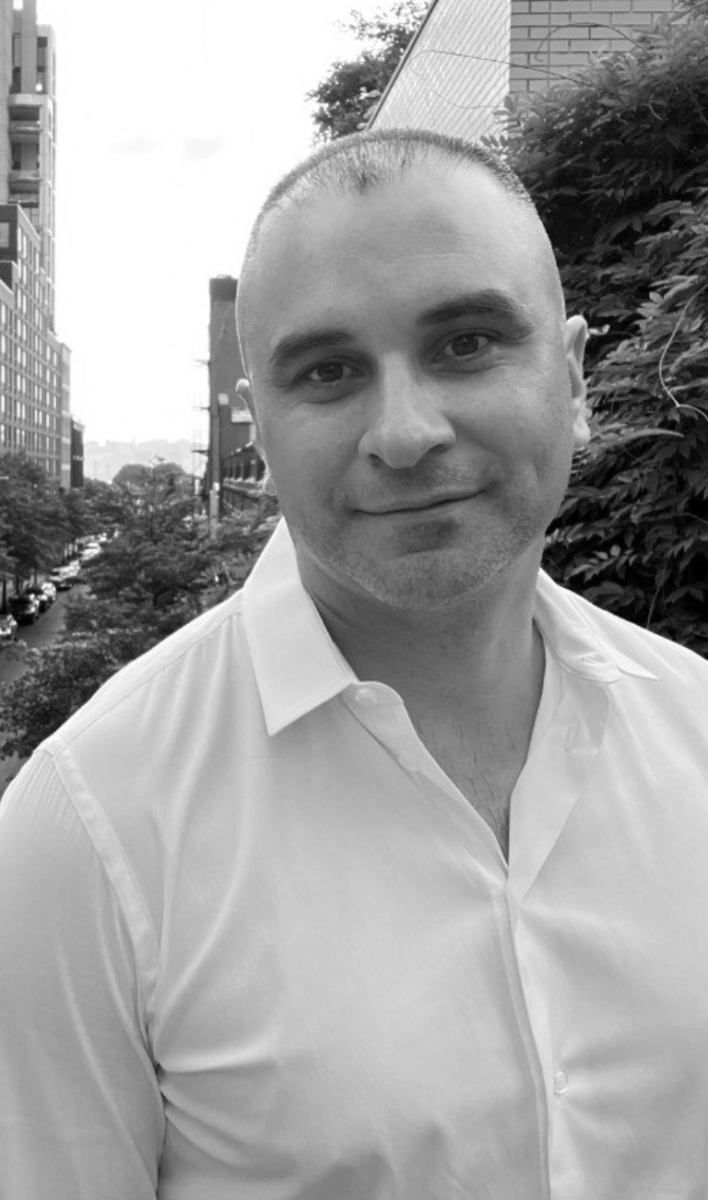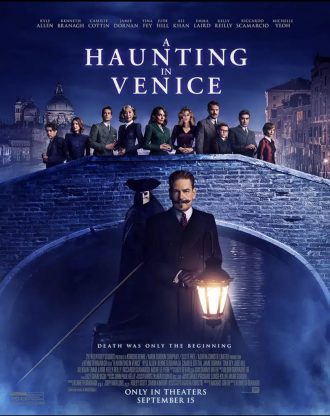
This review contains spoilers.
Only a year after Kenneth Branagh’s semi-autobiographical film “Belfast” landed him an Academy Award for Best Original Screenplay, the 62-year-old actor-director returned for his third Agatha Christie book-to-film adaptation, “A Haunting in Venice.” While the film is filled with a stacked ensemble and a sprinkle of horror, the result is a mediocre picture.
Established through suffocating layers of dialogue, unorthodox characters and lines of dry humor, the narrative revolves around the alleged suicide of opera singer Rowena Drake’s daughter Alicia, who are portrayed by Kelly Reilly and Rowan Robinson, respectively. When Rowena hires a psychic medium named Joyce, played by Michelle Yeoh, she attempts to communicate with Alicia through supernatural means.
Rowena invites some long-time friends and associates over to witness the so-called metaphysical séance — a meeting where people attempt to contact the dead — including Hercule Poirot, the thick-accented, pessimistically dispirited protagonist who is played by Kenneth Branagh. Through his experience as a seasoned detective, Hercule playfully spoils the fun by revealing the séance’s fraudulence, or so he thinks. The reunion spirals into a clashing of personalities, revealing Rowena’s cynical motives and culminates into a classic whodunit twist after the séance doesn’t go as planned.
In a structural sense, this synopsis sounds a bit too familiar, and for good reason: Branagh’s murder mystery is eerily akin to another whodunit, ensemble-heavy series: Rian Johnson’s “Knives Out.” It also doesn’t help that the two franchises have released concurrently and tried subverting similar whodunit tropes, which have inadvertently pushed audiences to compare one with the other.
This similarity is best shown in the closing act when the narrative reveals its antagonist in all their glory. Theoretically, I was all for this; after sitting through the slow, occasionally confusing first act, the story desperately needed a jolt of energy. But once the twist unraveled with a sterile flavor of meticulousness, I found myself being mildly underwhelmed. To Branagh’s detriment, “A Haunting in Venice” reminded me of my viewings of “Knives Out” and “Glass Onion: A Knives Out Mystery,” with the former masterfully disguising its hidden antagonist.
In an attempt to diverge itself from its predecessors “Murder on the Orient Express” and “Death on the Nile” in what I will unofficially coin the “Hercule Poirot trilogy,” “A Haunting in Venice” embraces a sporadic horror-adjacent style, with whiplash-inducing jumpscares that jolted me out of my seat and strongly juxtapose the movie’s light, playful tone. But, like any jumpscare-centric movie, its repetitive sequences inadvertently condition audiences to expect the worst; the further you continue watching, the thrills become less punchy.
The same repetitiveness can be said about Kenneth Branagh’s directorial style, which aims high conceptually but ultimately falls short. The aforementioned style becomes most apparent with the movie’s practicality, as Branagh shot the film with many of Venice, Italy’s famous landmarks in mind. So, it shouldn’t come as a surprise that “A Haunting in Venice” is the most visually-appealing movie of the trilogy, regardless of the technical deficiencies of a digital camera. For context, the franchise’s first two movies use film, which traditionally provides higher resolution and dynamic ranges. However, cinematographer Haris Zambarloukos explained in an interview that the switch to digital gave “a [needed] sense of [the] depth of field” and a deeper sense of intimacy.
“A Haunting in Venice” is also a step in the right direction compared to the visual disaster that was “Death on the Nile,” which didn’t remotely sell the idea that the cast was solving a murder in Egypt; rather, it gave the impression of being filmed in a worn-down, empty film studio with a shoddy green screen. Instead, with this latest installment, the set locations pop with saturated hues, which make for a compelling audiovisual experience.
Nevertheless, saying the film’s direction was without flaws is somewhat disingenuous, seeing as Branagh abuses the Dutch angle, a filmmaking technique involving tilting the camera to one side, resulting in a diagonal and off-kilter composition. This method typically adds a dramatic or unsettling tone to the scene.
His frequent use of the technique is so discernible that it wouldn’t be presumptuous to say the movie appears more tilted than centered — even one of its posters is positioned at a Dutch angle. However, despite its abundance, Branagh’s implementation of the Dutch angle arguably detracts from the experience.
For instance, Spike Lee’s 1989 film “Do the Right Thing” also uses Dutch angles to embody maximalist disorientation. Since the film tackles community prejudice through subtle conflicts, the slanted presentation of the camera creates this unwavering impression of instability. However, in the case of Branagh, his composition in “A Haunting in Venice” can come off as derivative. It clunkily employs the Dutch angle whenever possible all the while distracting the audience from the movie’s intended gothic atmosphere.
This issue becomes most problematic with simple person-to-person dialogue. For instance, there is a scene in “A Haunting in Venice” where two people talk to each other while facing opposite directions. Yet, Branagh shoots and edits the conversation as if the two characters are looking directly at each other, with Dutch angles present throughout the scene. So when the film cuts to a wide shot of the pair revealing that they are not actually facing each other, it disrupts the movie’s tone. Of course, one could argue that not only is it jarring in execution, but it more so begs the question: why did the director make this choice?
Ultimately, Branagh’s third installment of the “Hercule Poirot trilogy” is, at times, admirably yet aggressively incompetent, failing to recognize its full potential. And honestly, that’s more frustrating than being plain bad.














